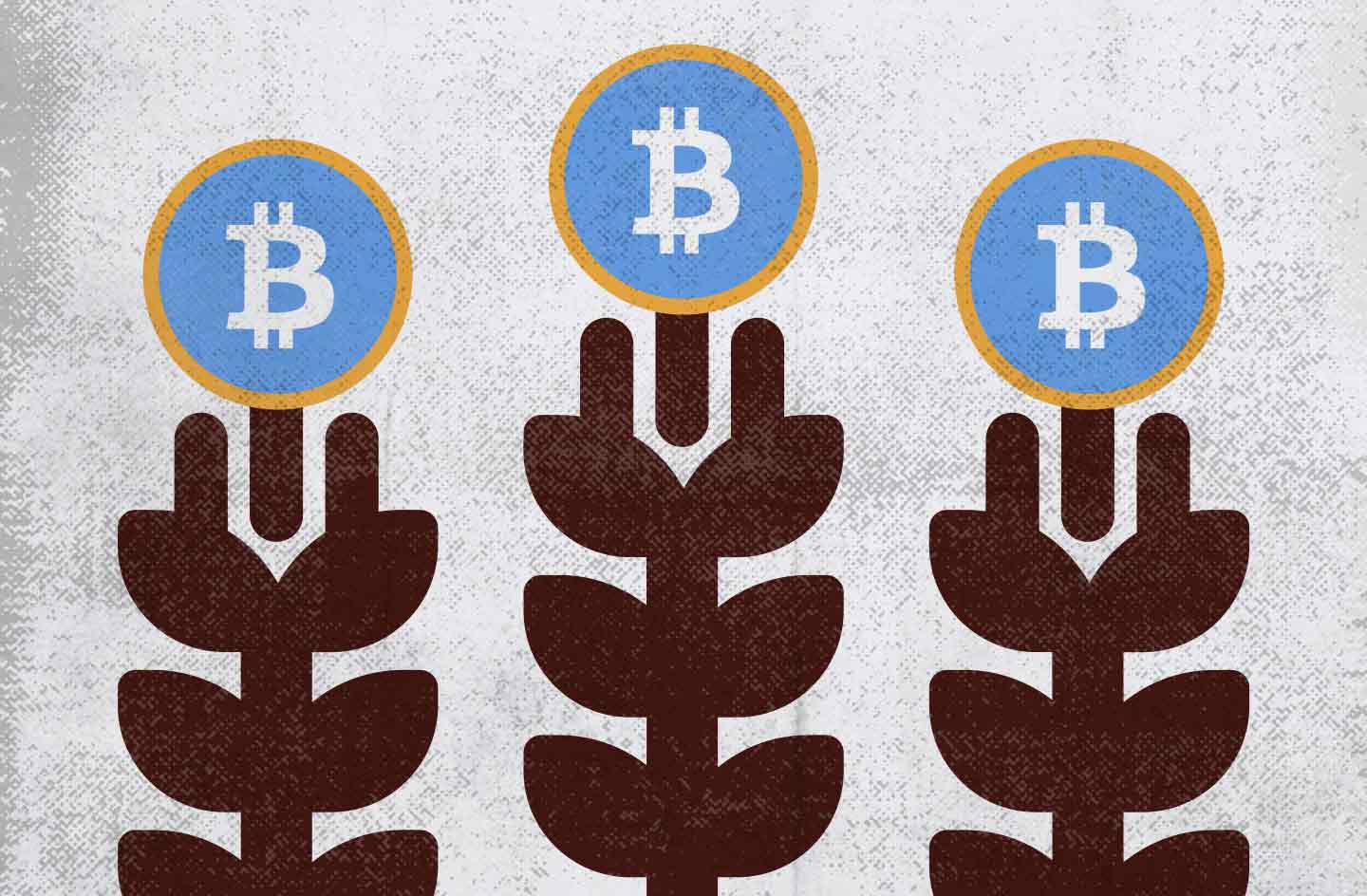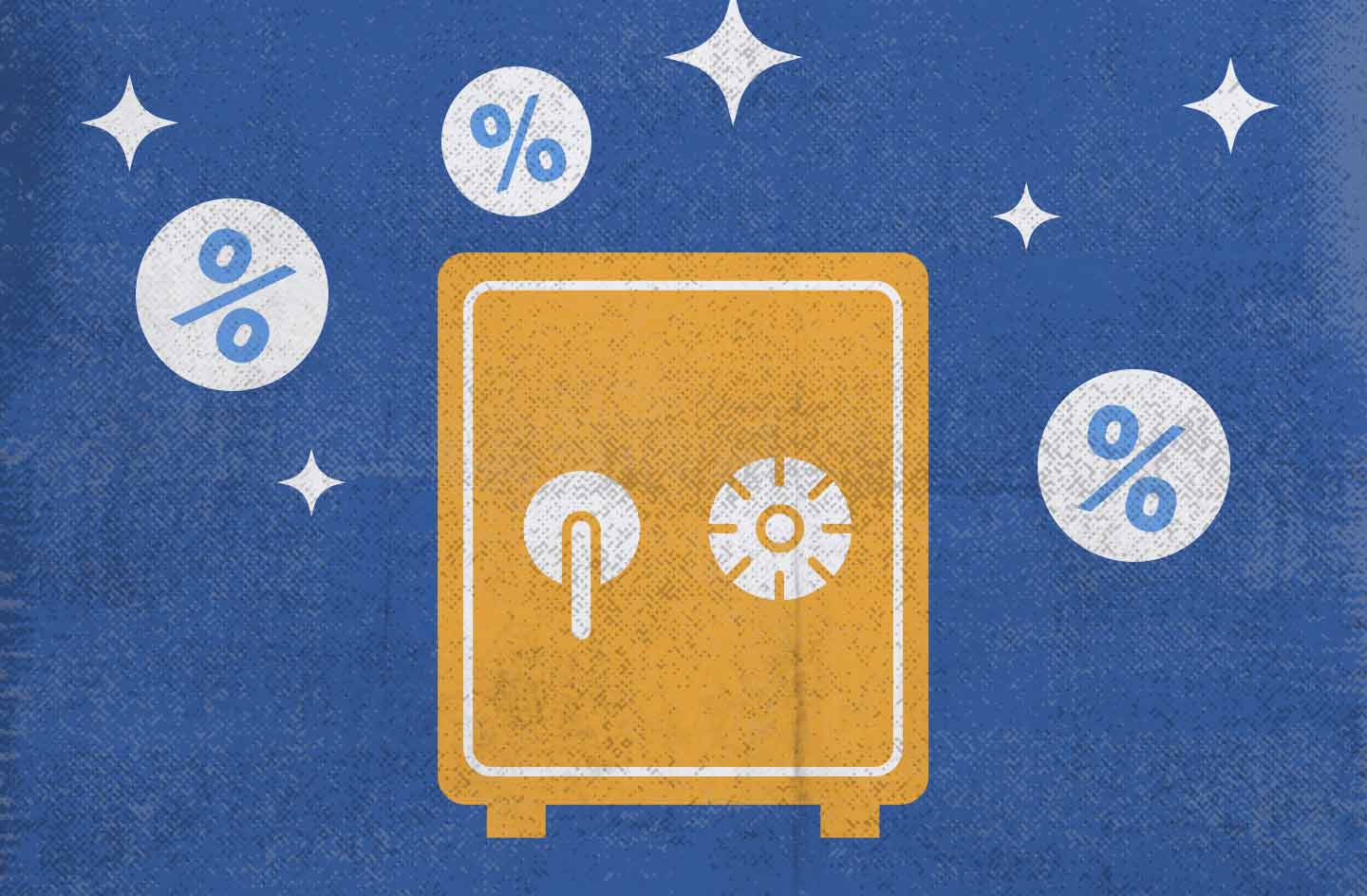What Is Yield Farming?

Yield farming is basically an investment of existing cryptocurrency assets, the main purpose of which is to generate income in the form of new assets. The process is partially similar to classical bank deposits but based on DeFi protocols.
However, it’s much more complicated than traditional bank investments. This activity involves a lot more options for earning, however, the risks of losing assets are also much higher. The term “farming” itself is an allusion to investing and generating income similar to harvesting crops.
How Does Yield Farming Work?

The general essence of DeFi projects is lending and borrowing in and against the collateral of crypto, issuing synthetic assets and derivatives, decentralized trading, prediction markets, and other financial speculations. Investors can receive interest on transactions, loans and borrowings, mining, and providing liquidity to decentralized exchanges (DEX).
For example, in the context of getting interest for using funds, the process looks roughly as follows:
- The investor puts available crypto into a DeFi project.
- The invested coins are “frozen” and used by the protocol in its services. The investor receives a fixed rate or a certain percentage of the total amount of fees, which are charged for using the project’s services. The interest on the “deposit” is usually accrued in the project’s tokens.
- The project develops, interest accumulates, and tokens increase in value.
- …
- Profit.
This is a very simplified example. Everything depends on the particular project and its terms. The mechanics of receiving tokens in exchange for liquidity is one of the most common, however, different variations are possible. The main idea of yield farming is that the investor places assets on a platform or lends their resources and gets a reward.
The Development of Yield Farming & the Largest Projects

The growth in popularity of this phenomenon is associated with two successful projects:
- Synthetix (SNX), a decentralized derivatives platform;
- Compound (COMP), a lending app.
Synthetix was launched in January 2018. Its core is the generation of fungible synthetic assets on Ethereum. These assets are a kind of projection of the value of other assets without having to own them. According to DefiLlama, the platform had “frozen” assets worth nearly $3 billion at its peak on February 10, 2021. At the same time, as of writing, the total amount of frozen funds on Synthetix is approximately $390 million. Here and below, we’ll consider the “present moment” or the time of writing to be October 24, 2022.
Compound is an Ethereum-based lending app. It emerged in 2017 and received two rounds of funding from major investors: in 2018 for $8 million and in 2019 for $25 million. The app boomed in popularity in 2020. Investors were particularly interested because COMP tokens gave them the ability to directly participate in the company’s management. The peak volume of frozen funds on the platform exceeded $12.4 billion. To date, $2.1 billion has been locked in the protocol’s accounts.
However, the DeFi sphere is developing very actively. Therefore, projects that at one point were revolutionary eventually faded into the background. Moreover, DeFi projects offer a wide range of financial services, including the previously mentioned Compound and Synthetix projects.
Convex Finance is defined as the largest DeFi protocol that specializes precisely in yield farming, according to DefiLlama. It runs on the Ethereum blockchain. The volume of locked funds to date is $3.8 billion. Other yield protocols fall short of $800 million.
Methods of Earning in Yield Farming

There are only two basic methods of earning money in yield farming:
- Receiving interest for using funds. Conventionally, the investor “freezes” a certain amount in the account of a project whose main service is loan issuance. Each loan involves the borrower paying interest. Investors receive either a fixed percentage of the deposit or a floating percentage, depending on the platform’s terms and conditions. On top of that, some projects pay out rewards in their own native tokens. This relates to yield farming but is allocated in a separate direction — crypto lending.
- Providing liquidity. This method is also called liquidity mining. It’s the delegation of funds to liquidity pools of specific trading pairs. These funds allow for trading to be carried out without intermediaries on decentralized exchanges managed by smart contracts. As a reward for the funds used, the system distributes part of the commission fees to depositors.
The Key Risks of Yield Farming

The “rawness” of the field as a whole imposes several additional risks on income farming:
- Fraud. This can take many forms, from a deliberately dysfunctional project to earning on someone else’s success. A striking example is the Polkastarter project (POLS). It held a successful launch on the Uniswap platform, during which the price of tokens increased by 750%. Almost simultaneously, 14 fakes appeared, and in one of them, inattentive investors parted with almost $30,000.
- Errors in software code and vulnerabilities in smart contracts. Many projects go public without a diligent technical audit. For example, the YAM Finance project. A critical vulnerability in its smart contract was discovered less than two days after the launch, bringing down the value of the YAM native token. During that time, $76 million was invested in the token.
- High leverage trading. This is already a particular problem for investors who can’t match the collateral limits and the sum of credit funds. As a result, they risk assets they don’t have, leading to the loss of funds, which are “frozen” on the platform.
- Economic insolvency of the project. Occasionally, a nicely written program of activities doesn’t bring the desired results in practice. The consequence is a fall in the token’s price.
- Withdrawal of resources from liquidity pools. This risk was previously seen as theoretical because investors wouldn’t withdraw resources from their profitable venture. However, the Terraform Labs collapse showed that the manipulation of exchange liquidity can have a significant impact on a crypto project’s fortunes.
To summarize, yield farming is used as a generic term for all sorts of cryptocurrency deposit income mechanics.










